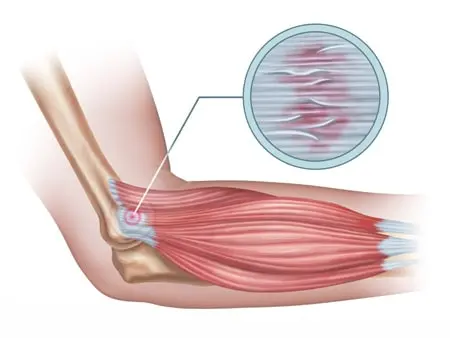Is it safe to be working out while sore?

The answer to this question depends on the severity of muscle soreness, which can range from slight tenderness to debilitating pain.
Delayed onset muscle soreness (DOMS) happens 1-2 days after exercise.
The most likely cause of DOMS is microscopic muscle tears or a breakdown in muscle tissue that occurs during a workout. Introducing new activities or suddenly increasing the intensity can cause DOMS to occur.
During periods of severe muscle soreness, a person has impaired coordination, less shock absorption, and a shortened range of motion.
If you exercise while very sore you are likely to alter your body mechanics putting more stress on ligaments and tendons and therefore increasing your risk of injury.
Should You Work out When You are Sore?
Overreaching is the state of training intensely without rest.
This leads to overtraining and a decline in athletic performance. It takes several weeks to months for this condition to occur, but watch for any of the following signs or symptoms, and take a few days to a few weeks off if these are present:
Increased resting heart rate
Depression or mood disturbances
Increased incidence of colds and flu
Overuse injuries
Muscle and joint soreness
Fatigue
Insomnia
Decreased appetite
Plateau or worsening of performance not improved with rest or reduced training
In either case, you’re better off resting to allow your body to recover and seek a medical professional if necessary.
If you’re only slightly sore, exercise can bring relief, although only temporarily.
Take it easy by doing light resistance exercises (such as core stabilization exercises) or by doing low-intensity cardio (such as walking).
Better yet, exercise muscles other than the ones that are sore.
Functional training programs should be designed to allow muscle recovery, which usually takes 48-72 hours, depending on the type of training done and the intensity of that training.
People who lift weights every day will split their routines so they can work different muscle groups on different days.
Large muscle groups such as the quadriceps and hamstrings should be given the greater amount of time to recover (72 hours) while smaller muscles, especially the postural muscles of the core, are built for endurance and therefore can be exercised more frequently, such as every 48 hours.
Remember that muscles don’t grow during a workout, only during rest periods following exercise.
If you don’t allow your body to recover, you won’t see the benefits of your workouts.

Last Updated: 17-03-2023





